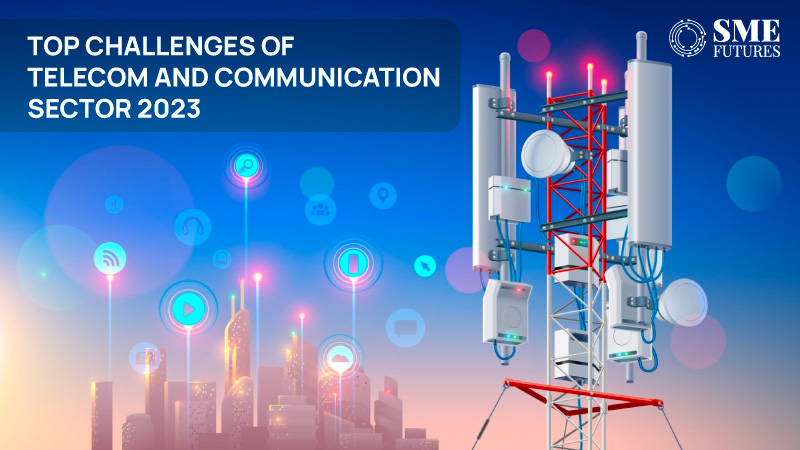The rollout of 5G is expected to unleash unlimited opportunities for the industries as new avenues will open in the consumer and enterprise segments. The appetite for faster and higher volumes of data bodes well for the future of the telecommunication industry.
Notwithstanding some of the foreseeable challenges, the growth in the industry will bring positive outcomes for all the stakeholders if tackled tactfully. Here are the ten major challenges that Telecom and Communication service provider CIOs will have to deal with in 2023.
1 Uncertain Return on Investments after Implementation of 5G:
The implementation of 5G technology necessitates massive capital investments and another overhead cost on building front-end and back-end infrastructure including 5G SA (standalone) core and fiber. As per a report of EY, 70% companies are anticipated to make the largest investment in 5G in the next three years. However, a high investment does not always lead to a desirable bottom line. The return on investment is also correlated to successful product development & diversification and market development & penetration.
2 Simplifying Technological Complexity:
The use cases for the industry have been only increasing. The greatest challenge for a communication service provider is to untangle the complexity of the backend and deliver a delightful experience that is fast and seamless.
3 Supply Chain Disruptions:
The geo-political tension and the aftermath of Covid-19 have put the demands for semi-conductor well ahead of supply. Crucial communications and cloud network functionality/services are contingent on a complex web of supplier and vendor ecosystems. In a nutshell, global chip shortages are expected to have a direct impact on the telecom and related industry.
4 Challenging Macroeconomic Environment:
The headwinds are a subdued growth rate, a high inflation rate, and a tepid domestic demand. Predicting and planning in such a testing atmosphere requires a thorough plan with the ability to adapt to impending changes very quickly.
5 Attitude toward Spending on Connectivity and Content Services:
As cost-of-living increases, a household attitude toward spending on connectivity and content services is also reviewed. Many are having a second thoughts about the amount spent on telecommunication services and the value for money that it offers.
6 Augmenting Efficiency through Digitization:
In a digital age, the inability to improve efficiency – for both enterprise and consumer business – can be detrimental to the future prospect of the company. Accelerating transformation through technology is affected by factors such as the high cost of tech infrastructure, streamlining stranded complex data, byzantine security, and privacy requirements.
7 Infrastructure Resilience and Outreach:
The quality of any service is dependent on the robustness of the infrastructure. Irrespective of the end users – enterprise or consumer – the communication service provider faces the challenges of rendering uninterrupted network connectivity. With the rollout of 5G, which boasts low latency and high connectivity, the task becomes even more challenging than ever before. Telecom service providers must work on new infrastructure innovation that addresses the typical issues of low outreach and high latency.
8 Inability to Leverage New Business Models:
Mastering the technology is one thing and reaping the maximum benefits out of it is another. It is imperative that communication service providers look beyond the saturated market with a limited Average Revenue Per User (ARPU). New avenues for delivering services ought to be explored. And there should be alignment between the proposed plan and the real benefits of exploring unchartered business models. Any strategy has to be nimble enough to adapt to the changing requirements. One of many such emerging domains is Network as a Service (NaaS).
9 Adapting to changing Regulatory Environment:
A large subscriber base comes with its own set of problems. Any device that is connected to a network through optical fibre is susceptible to data theft and external influence. The ever-changing regulatory environment, though, provides an opportunity to upgrade the network infrastructure, but its execution poses enormous challenges for CIOs of telecom service providers.
10 Entry of New Competitors:
A large market inevitably attracts many new players looking to ride the bandwagon of new technology. The legacy communication service providers must be alert enough to spot any new niche segments that chip away at the current market share. Moreover, the communication service providers should also identify emerging demand and come up with tailored services to meet the requirements of changing times.











